I am writing a series on my Patreon page called “Choosing your Tennis Racquet” and it is dealing with all things tennis racquets and strings in some detail. One of the key ideas about this series of posts (which I hope to turn into a book at some point) is finding your racquet spec range.
When you are choosing a tennis racquet, there are a lot of things to consider. Here is a list:
- Head size
- String pattern
- Beamwidth
- Stiffness
- Weight
- Balance
- Swing weight
And last, but not least, we also have strings to consider:
- String type (Poly (“monofilament”), multifilament, natural gut, kevlar)
- String shape if poly (round, square, octagonal and so on)
- String gauge (Thickness) 1.15 to 1.38 mm
- String tension (Loose for more pocketing and power or tight for more control)
There are many variables to consider, but it is easier to get a setup you are comfortable with if you are first finding your racquet spec range.
Finding your racquet spec range – How serious are you about your game?

or the 18×19 pattern of the Tecnifibre Tfight XTC 305
to name two current models. These racquets are somewhere in between the rather “old-school” 95 sq inch racquets with the 18×20 pattern and the more open 16×19 pattern of a 100 sq inch racquet.
Here is an excerpt from my latest Patreon post about swing weight:
You can measure the static weight of tennis racquet by placing it on a basic kitchen scale, but measuring the swing weight is a lot more complicated. To measure the swing weight, you either need a relatively expensive swing weight machine or you need to hang the racquet and measure how fast it swings. This is called the manual method and works well, but is a little complicated. If you want to know how to measure swing weight with the manual method, you can read this post.
The swing weight is especially important when you are serious about your game and want your racquets to be matched, meaning that they would be exactly as heavy to swing. Pro players, who are meticulous about their equipment, can detect the difference of one or two grams. This is necessary to make sure they get the exact same performance out of a racquet time and time again. A pro player usually brings 4-8 freshly strung and matched racquets to a match. They might have different tensions in case they need to adapt and get more control or more power, but in general, they all play the same.
Finding your racquet spec range – Should you obsess about your specs?
The short answer to this question is: No. But being aware is always sensible and finding your spec range is really useful. A lot of players obsess about professional players and their racquet specifications, string tensions and more. I have myself been focused on this area and admittedly a bit too much in the past. But what Djokovic or Wawrinka plays with, is not necessarily, I would say it is even unlikely, what is best for your game. Your game, weaknesses, strengths, technique, etc will need to find its own racquet spec that you are comfortable with and confident about. In tennis, like many things in life, confidence is everything. You need to be able to reproduce your best shots and “thread the needle” in the pressure situation of match play. This will require you to completely trust your equipment as well as your abilities. That is why it is important to groove with a racquet and a string setup so you have a place to “call home”. This is where the racquet becomes an extension of your arm and you can focus on other parts of your game.
The rabbit hole of tennis racquets and strings is deep. I have been navigating through it for most of my adult tennis life. One day I feel like I have the solution, the next day I feel like I’m back in the jungle. Sometimes the period of contentment lasts a week, a month or more, other times it is limited to one hit. This is what we can call the “honeymoon period”. Where you think you have found the one, but then discover that it was just a short crush.
Most tennis nerds, racquetholics, equipment geeks, whatever you want call it, know this feeling. And the not so nice feeling of realizing it was just a fling and nothing more. To use more analogies to relationships, because this is what you want to build with your equipment, you want to find a setup you can marry and commit to.
Finding your racquet spec range – How do you know?
Well, that is different for most people and it is hard to say what racquet suits you without having seen you play. But I will try to generalize a bit:
Beginners and intermediates up to 3.5 NTRP
Go for a lighter, more powerful and spin-friendly racquet. You will get some free depth and can focus on how to control the power.
Racquet suggestions
Spec range: 295-300 grams unstrung, balance around 32 cm, 16 mains and whatever crosses 18-20. SW: 310-320
Examples: Wilson Clash, Babolat Pure Aero
, Prince Beast
, HEAD Graphene 360 Extreme MP
or the HEAD Gravity MP
(links to Amazon).
Intermediate to Advanced 3.5-5.0 NTRP
Unless you’re the spin machine, I think you need a bit more control in your racquet. I would recommend the 98 to 100 sq inch head size. This is where you find a jungle of racquets.
Spec range: 305-315 grams unstrung, balance around 31-32 cm, pattern depends on the head size. SW: 320-330
Racquet suggestions
- HEAD Gravity Tour
(Amazon link), My HEAD Gravity series review.
- if you don’t like the head shape, try the HEAD Graphene 360 Speed Pro or the HEAD Graphene 360 Radical Pro
- Babolat Pure Strike 98
(new one coming soon)
- WIlson Blade 98
(new one coming soon) or Wilson Clash 98 (click for my review)
- Angell make some great racquets such as the TC 97 Custom or the K7 series.
- Yonex VCORE Pro 97
(go for the lighter weight)
- Prince Textreme2 Tour 100
– read my review
Serious tournament players 5.0 – 7.0 NTRP
If you are a serious tournament player you might already have a racquet sponsorship. If you don’t you are going to want to get your racquets matched by a serious customizer so you always use the same specs. Depending on your playing style you will favor control, but if you have ultra-fast swings and like to hit with a lot of spin, also lighter, more powerful racquets can work for you. This depends a lot on the player. As a serious tournament player you will generally need more racquets too and you will likely want to customize them.
Spec range: 305-325 grams unstrung, balance around 31,5-32,5 cm, 16 mains and whatever crosses 18-20. SW: 330-350 (Some tournament players like even higher swing weights, but the game is changing and becoming faster and I don’t think you need a SW above 350).
Racquet suggestions:
- Tecnifibre Tfight XTC 305
(read my review)
- HEAD Gravity Pro
(read my review)
- Wilson Pro Staff RF97A
(read my review)
- Babolat Pure Aero VS
Tour
- Yonex VCORE Pro 97
(go for the heavier weight, read my review here)
- Angell make some great racquets such as the TC 97 Custom or the K7 series.
- TenX Pro Xcalibre 315 (they also have a good ambassador program)
If you want to read more about NTRP ratings and who you are as a tennis player, there is a post about it on the Patreon page.
Finding your racquet spec range – My range and summary
I know this might have been a long and scattered post, but I hoped it made you consider what is good for your game and helped you navigate a bit in the gear jungle. Soon we will deal with strings! If you like this content, I hope you consider becoming a patron to get access to the “School of Tennis Gear” and other upcoming exclusive content. It is only $2 a month!
My personal current racquet range is:
305-315 grams unstrung
31-32 cm balance
98-100 sq inches
20-23 mm beamwidth
RA of 62-65 strung
Thanks for reading and supporting Tennisnerd!
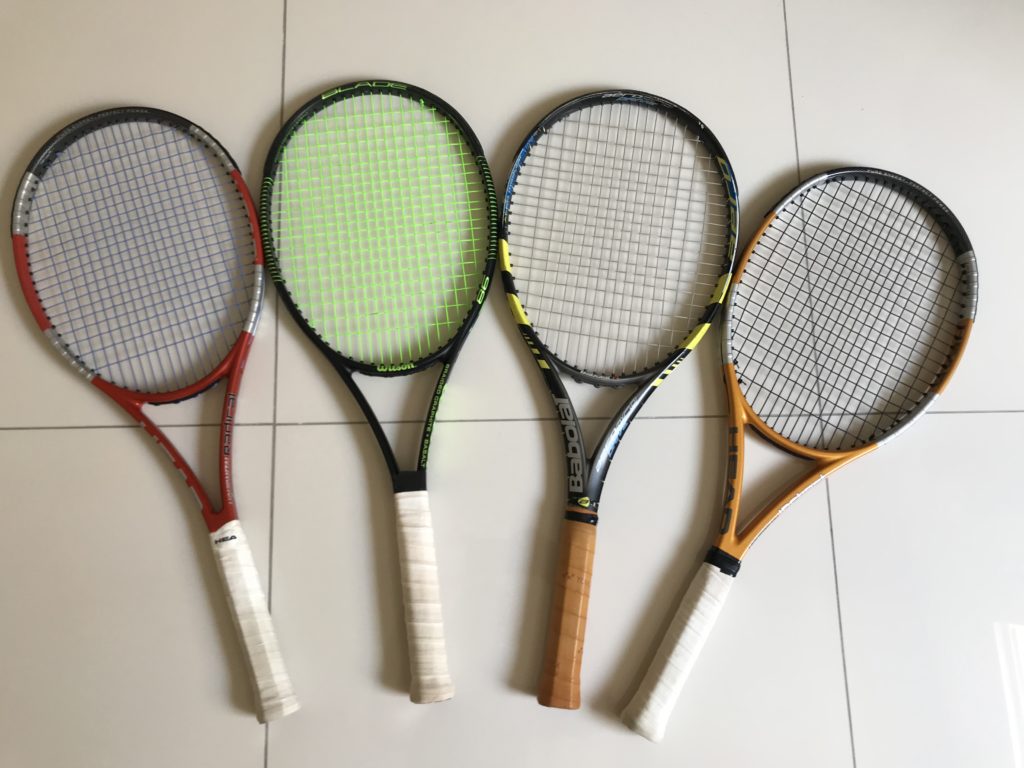




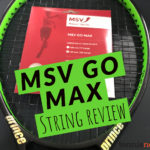
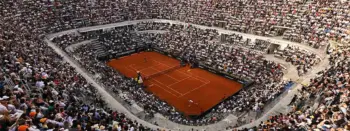

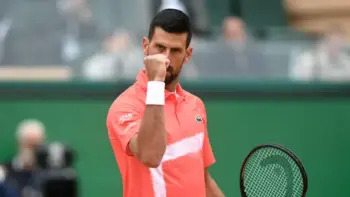
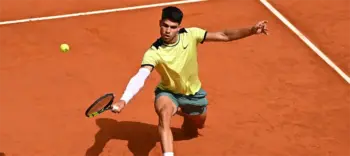
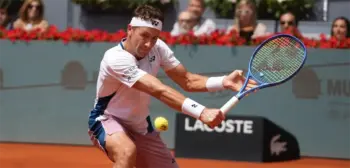
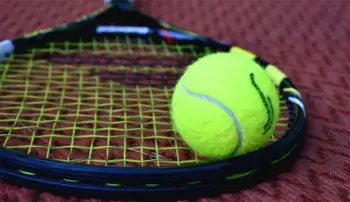
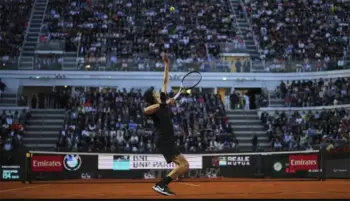

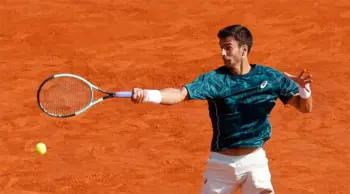


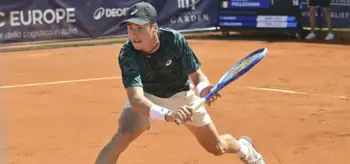

Great roundup, much appreciated!
I think the Pro Staff 97 CV deserves a mention in the intermediate to advanced category.
Thanks! Maybe, I am not a fan of that racquet, but I know some guys who like it…:)
I also likes Head Radical tour liquidmetal, but for today I balanced my ProStaff 97 CV to Head RTLM specs and very happy. Strung weight about 350 gr. Balance about 315 mm. Stiffer and more spin friendly. I dont think, that lighter raquet is the right way. You will swing faster, but don’t have a “fatality” shot. So many young player smashed on heavyweight raquet lovers wall… Right way for me is made you wrists and hand more powerfull in gym.
Hi Jonas,
Been enjoying the content that you have put up both on your page and YouTube. Looking at your preferred spec range, your history with tighter string patterns and good reviews of the Beast 98 and Tour 100, have you considered the Prince Textreme Tour 100P?
Hi Wayne,
Thanks! Yes, I really like the Textreme Tour 100P, but I haven’t yet tested the new version.
I am quite happy with my Textreme Tour 100 though…
Regards / Jonas
PS. If you feel like my advice is really useful, please consider becoming a patron for $2 at patreon.com/tennisnerd and get exclusive content every week. DS.
Hello jonas,
Yes you did touch on many aspects if racquets but one aspect that did not get mentioned is the length if the racquet,,most if these racquets you mentioned are the standard 27in long model racquets..And now many top players are in fact playing with Extended model racquets that are longer than 27 inches.
With that said many players can now like you mentioned want to Customize there racquets by slightly stretching their own 27 inch model to 27.5 or even stretching a 27.5 to a 28 inch racquet,
I understand Serena Williams is currently using a 28 incher. And many remember Michael Chang during his career used a 28 inch.
Del Potro uses 27.5,Nadal 27.5 and many other players using longer frames.
And the easiest way of a do it yourself Stretch job is by removing the factory butt cap and installing the XTP Xtended Tennis Product butt cap,by doing this anyone can now customize and Mfg.racquet with the XTP Xtended Tennis Product butt cap
and can add half an inch or slightly more.
Truly.john
Hi John,
Yes, the length makes a difference too. Regards / J
Would also recommend the Prestige for advanced/ tournament level players, and six one 95. I played with a k factor six one 95, nothing like the stability and plowthrough of that stick.
I’d also say the tournament/ advanced racquets are pretty much the same category. The best players at my club play with Wilson blades, six one 95s and pro staffs
what racket would you recommend for a serious tournament player that is 12, and is an aggressive baseliner… if he played like any of the pros it would be djokovic.
For a 12-year-old I would get a racquet around 285-295g unstrung. I think a HEAD Gravity MP could be interesting, the XTC 305 is a nice racquet, but it could be a bit too heavy.
IS THE Tecnifibre T-Fight 305 XTC a good choice?
Hi Jonas,
I’m looking for a racquet upgrade and need your suggestions on the same.
– adult : beginner to intermediate level (playing for over 2yrs)
– currently playing with head extreme lite (265gm) … looking to move up to slightly heavier racquet.
Enjoy playing with my current head extreme lite but feel that though I generate fair bit of spin, the ball lacks power.
Was looking at below 2 (want to avoid very stiff racquets). Let me know if you have any suggestions.
– Wilson Clash 100L
– Head Graphene 360+ Extreme MP Lite
Thanks
ZJ